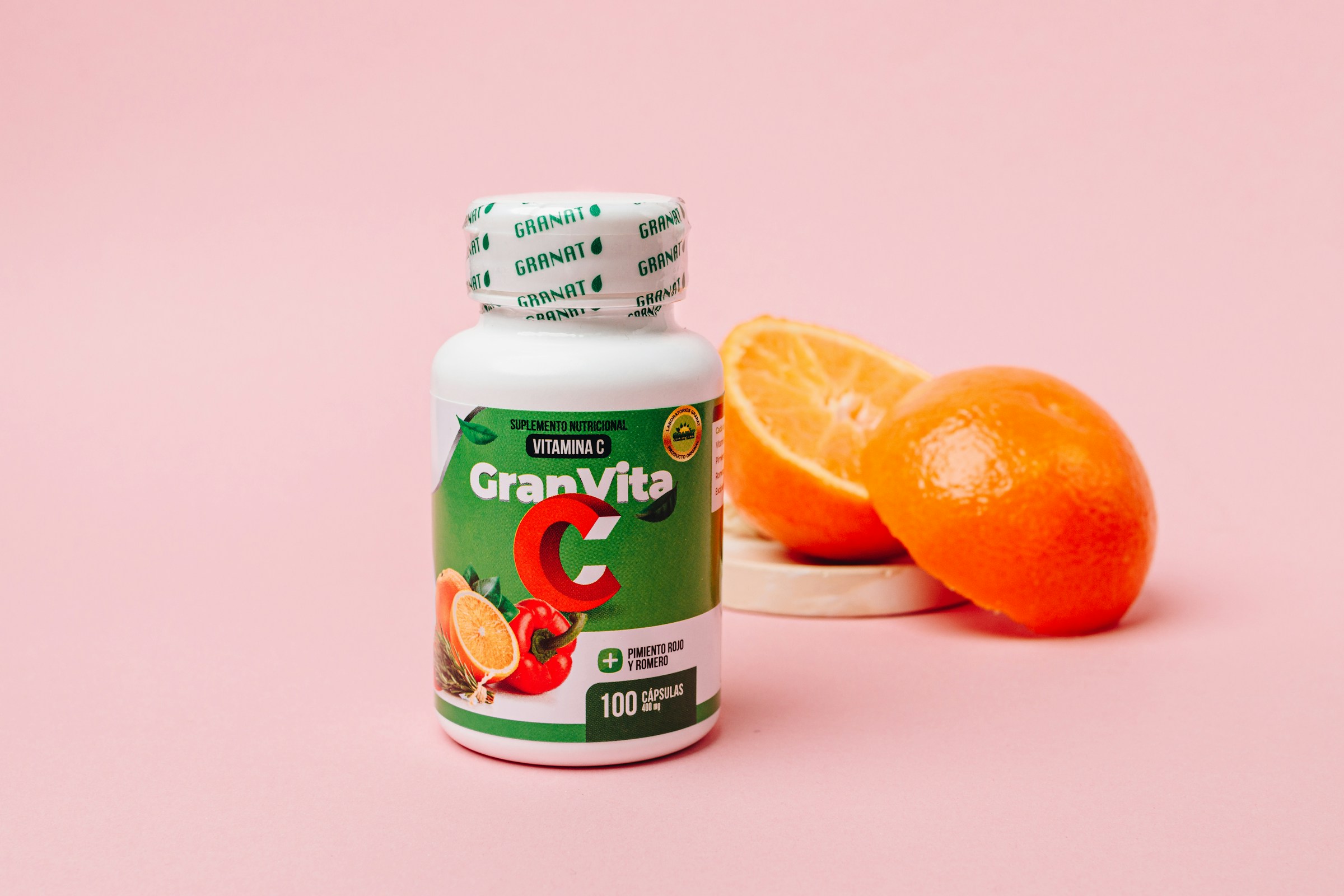You’ve been there, haven’t you? The bout of premenstrual syndrome (PMS) that strikes every month, bringing with it a host of symptoms. Cramps, mood swings, bloating, and headaches are but a few of the discomforts that herald the onset of your period. But did you know that there are natural remedies that can offer relief and help manage these symptoms? In this article, we delve into the most effective ways to combat PMS and maintain your health and wellness.
Exercise: A Natural Medicine for PMS
Exercise is more than just a means to maintain physical fitness. It can also be an effective solution for PMS. Multiple studies have shown that regular physical activity can significantly reduce PMS symptoms, particularly cramps and mood swings.
This might interest you : Which Vintage Jewelry Pieces Can Add a Touch of Class to a Casual Outfit Without Overpowering It?
How does exercise help? It boosts the production of endorphins, your body’s natural painkillers. These substances are also known as “feel-good” hormones, which can help alleviate mood swings and depression associated with PMS. Furthermore, exercise is beneficial in combating menstrual pain or dysmenorrhea, as it improves blood circulation, easing muscle tension in the lower abdomen.
While it’s beneficial to incorporate exercise into your daily routine, it’s particularly crucial during the premenstrual phase. The type of exercise doesn’t necessarily need to be strenuous; even mild activities like walking or yoga can significantly improve PMS symptoms.
Also read : Which Superfoods Should Be Included in a Pre-Workout Smoothie for Maximum Energy?
Herbal Remedies: Mother Nature’s Treatment for PMS
For centuries, women have turned to herbal remedies to help alleviate the symptoms of PMS. Thankfully, recent studies have started to validate the efficacy of these natural treatments.
For instance, chasteberry, also known as Vitex Agnus-Castus, has shown promise in relieving PMS symptoms. A study published in the Journal of Alternative and Complementary Medicine found that women who took chasteberry experienced a significant reduction in symptoms, including irritability, mood swings, anger, and headaches.
Dong Quai, a traditional Chinese herb, is also commonly used to treat menstrual cramps. While more scientific research is needed to confirm its effectiveness, anecdotal evidence suggests that it may help to relax the uterus, thereby reducing cramp severity.
Remember, while herbal remedies are natural, they can interact with other medications and have potential side effects. Therefore, it’s essential to consult with a healthcare provider before starting any herbal treatment.
Balanced Diet: A Key Ingredient in Managing PMS
A balanced diet plays a pivotal role in managing PMS symptoms. Certain foods and drinks can exacerbate symptoms, while others can provide relief.
For instance, foods rich in calcium and vitamin D have been linked to a reduction in PMS symptoms. A study in the Archives of Internal Medicine found that women who had high intakes of these nutrients experienced fewer PMS symptoms.
Conversely, consuming too much salt can lead to water retention and bloating, while caffeine and alcohol can worsen PMS-related anxiety and mood swings. Hence, it’s advisable to limit your intake of these substances during your premenstrual phase.
Stress Management Techniques: Alleviating PMS through Mind-Body Approaches
Stress can intensify PMS symptoms. Therefore, incorporating stress management techniques into your routine can significantly improve your premenstrual health.
Meditation, for instance, can help manage stress and reduce the severity of PMS symptoms. A study conducted at the University of Massachusetts Medical School found that women who practiced mindfulness meditation reported reduced PMS symptoms.
Similarly, yoga, a mind-body practice combining physical postures, breathing exercises, and meditation, is an excellent stress-reducing activity. A recent study found that yoga reduced PMS symptoms, particularly pain, psychological symptoms, and menstrual irregularities.
Acupuncture: An Ancient Approach to PMS Relief
Acupuncture, a key component of traditional Chinese medicine, has shown promise as a treatment for PMS. By inserting thin needles into specific points on the body, acupuncture can help balance the body’s energy flow or ‘qi,’ which, according to traditional Chinese medicine, can alleviate various health conditions, including PMS.
While more research is needed to fully understand its effects, some studies have shown that acupuncture can reduce PMS symptoms, particularly pain. A study published in the Journal of Alternative and Complementary Medicine found that women who underwent acupuncture treatment reported significantly less severe PMS symptoms compared to those who received no treatment.
Remember, while acupuncture is generally considered safe, it’s essential to seek treatment from a qualified professional to avoid potential risks and complications.
St. John’s Wort: A Potential Solution for Mood Swings
St. John’s Wort, a widely used herb in ancient times, could be a potential solution for mood swings, one of the most common symptoms of PMS. Originating from Europe, this perennial plant has been used to treat various medical conditions, predominantly mood disorders.
A study published on Google Scholar showed that St. John’s Wort significantly reduced PMS symptoms, particularly mood swings, when compared to a placebo. The herb works by affecting the neurotransmitters in the brain, which control mood. Although more research is needed to ascertain its effectiveness and safety, existing data suggests St. John’s Wort could be a valuable tool in the battle against PMS-related mood disorders.
However, it’s important to remember that St. John’s Wort can interact with other medications, including birth control. Therefore, it’s crucial to consult with a healthcare provider before beginning any regimen involving St. John’s Wort.
Essential Oils: A Soothing Touch for Menstrual Pain
Essential oils, derived from plants, have been used throughout history for their therapeutic properties. They offer a natural, holistic approach to managing menstrual pain, a primary symptom of PMS.
Several essential oils are renowned for their pain-relieving properties. Clary sage oil, for example, has been found to effectively manage primary dysmenorrhea when massaged into the lower abdomen. A study on Google Scholar revealed a significant reduction in menstrual pain intensity among participants who used clary sage oil.
Similarly, lavender oil is known for its calming properties, which can soothe menstrual cramps. It can be used in a warm bath or applied directly to the abdomen to alleviate pain.
Remember, essential oils should always be diluted before application to avoid skin irritation, and they should not be ingested. Always consult a healthcare professional to ensure safe usage.
In Conclusion: Tailored Approaches for PMS Relief
In summary, a multitude of natural remedies can potentially alleviate PMS symptoms. Exercise, a balanced diet, stress management techniques, herbal remedies, acupuncture, St. John’s Wort, and essential oils all offer ways to manage the discomfort.
However, it’s important to remember that everyone experiences PMS and menstrual disorders differently. What works for one woman may not work for another. Therefore, it’s essential to tailor these approaches to your individual needs.
Always consult with a healthcare provider before starting any new treatment, particularly if you’re currently taking medications. By doing so, you can ensure you’re making the best choices for your health.
PMS can be a challenging part of the menstrual cycle, but by understanding and addressing the symptoms, women can maintain their wellness and continue to lead productive and fulfilling lives.











